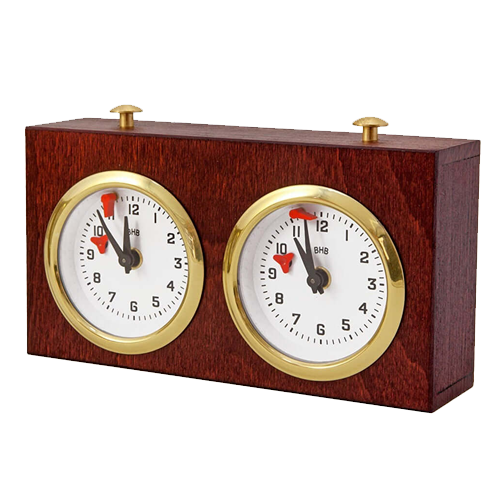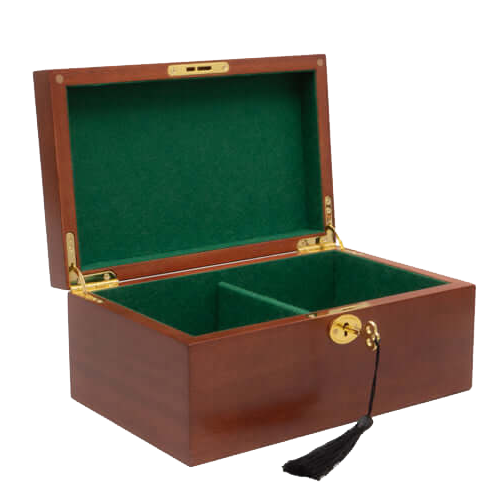How Chess Sets Age: Patina, Wear, and the Beauty of Time
A well-loved chess set isn’t just a tool for the game; it’s a companion that tells a story. Each move, each match, each year leaves behind subtle traces that turn a once-new set into something deeply personal and beautiful.
Far from being flaws, the signs of age can enhance the character of your board and pieces. Let’s explore how different materials change over time and why many players and collectors find the ageing process so appealing.
The Wooden Patina: Warmth That Deepens with Age
Wood is the most traditional chess material, and it’s also the one that develops the most striking patina. Over years of play, natural oils from your hands blend with the wood, gradually enriching its colour and softening its sheen. A light boxwood may take on a warmer tone, while dark woods like rosewood and ebony deepen into rich, almost glowing hues. Tiny marks or faint polish lines add character rather than diminishing value - much like the creases in a well-read book.
Metal’s Subtle Oxidation
Brass, bronze, and pewter chess pieces age differently. With time, a soft layer of oxidation forms on the surface, lending the pieces a mellow, antique look. Some collectors choose to polish their metal sets back to their original shine, but many prefer to let them darken naturally, as it gives them a stately, old-world feel. Each approach is valid - it depends on whether you value gleam or gravitas.
Stone and Alabaster: Fragile Elegance
Alabaster, marble, and onyx chess sets are known for their timeless beauty, but they age in their own quiet way. Unlike wood, stone doesn’t develop a patina so much as it softens. Edges may round ever so slightly, and the surface can take on a satin-like finish from repeated handling. These sets are more vulnerable to chips, but many owners feel the tiny imperfections are part of the charm, proof that their set has been played and enjoyed rather than locked away.
Plastic and Resin: The Durable Modern Classics
Plastic and resin sets don’t age with quite the same romance, but they tell their story, too. Over years of play, bases may show faint scuffing, and white pieces can mellow to a creamy tone. Resin, especially when hand-painted, may develop tiny chips or surface wear that makes each piece unique. For many players, these sets represent the joy of practical, everyday play, where the marks of use are reminders of hundreds of games won and lost.
Boards with History
It isn’t only the pieces that age - the board itself develops character over time. Wooden boards darken gracefully, lacquered finishes may show faint lines of wear where hands rest, and leather inlay boards soften at the edges. A board that’s been in use for decades carries with it the quiet dignity of countless matches.
Why We Cherish the Signs of Age
There’s something profoundly human about the way chess sets age. They carry our history: the long Sunday afternoons, the hard-fought battles, the moments of triumph and frustration. A pristine, untouched set might look beautiful, but an aged one feels alive. For many players and collectors, the patina of time is what transforms a chess set from an object into an heirloom.
Caring for Your Set as It Ages
Ageing doesn’t mean neglect. Regular gentle cleaning, proper storage, and avoiding extremes of heat or moisture will help any set age gracefully rather than deteriorate. Think of it less as preservation and more as stewardship, helping your set tell its story for the next generation.
Final Thought
Whether your set is wood, metal, stone, or resin, the years will leave their mark. And that’s something to celebrate. A chess set is more than just pieces on a board - it’s a reflection of time, play, and memory. In the end, the beauty of chess isn’t just in the moves we make but in the tangible history we leave behind on the board.




Leave a comment